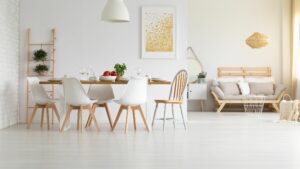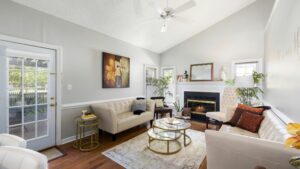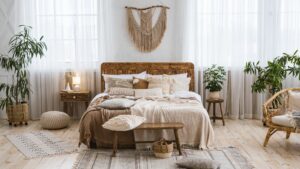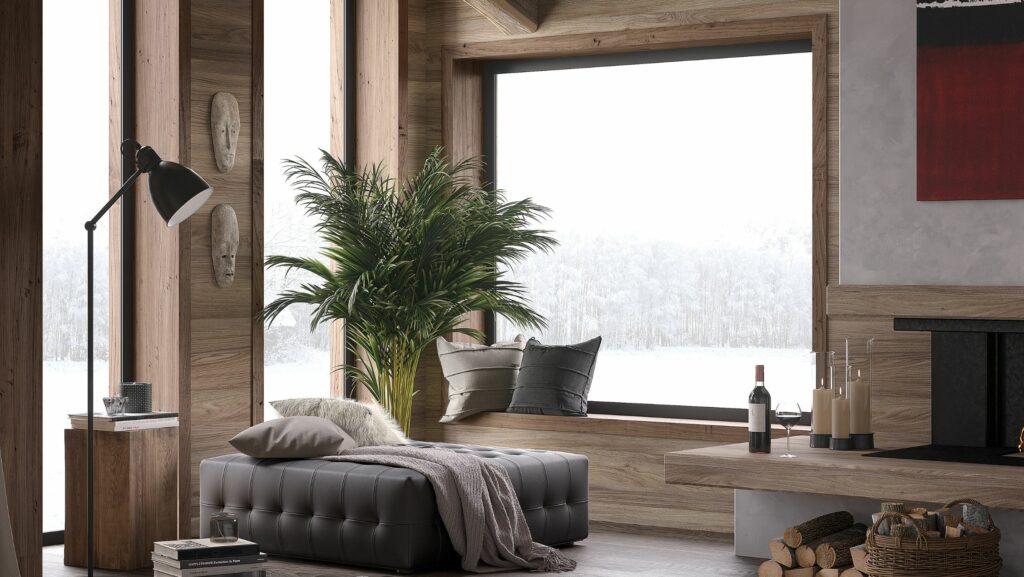Designing a home isn’t just about aesthetics; it’s about creating a space that reflects your personality and lifestyle. Whether you’re starting from scratch or looking to revamp your current abode, including a refreshing bathroom renovation can be a transformative part of your journey. This article will guide you on your journey to create a living space that’s uniquely yours.
From choosing the right color palette to picking out the perfect furniture, we’ll delve into the nitty-gritty of home design. We’ll also explore how to make the most of your space, whether you’re working with a cozy apartment or a sprawling mansion. So, buckle up and get ready to transform your house into a home that’s a true reflection of you.
Design My Home
 Breaking down complex concepts, this section details what it means to design your own home and the pivotal elements that play a part in shaping it. It provides insights into modern home design tenets and popular interior styles that are relevant today, providing inspiration for each step of the home design journey.
Breaking down complex concepts, this section details what it means to design your own home and the pivotal elements that play a part in shaping it. It provides insights into modern home design tenets and popular interior styles that are relevant today, providing inspiration for each step of the home design journey.
Modern home design embodies simplicity with a focus on function and organization. One of its characteristics includes open floor plans, encouraging a flow between spaces. For instance, a living room seamlessly extending into the dining area. Another notable element is the use of natural materials like wood or stone in construction, which conveys a sense of organic warmth and chic sophistication.
Windows play a key part in modern designs too, optimizing natural light that creates spacious, airy rooms. Clear lines and shapes, being a crucial aspect, emphasize flat roofs and rectangular doors or windows. Neutral shades, usually characterized by whites, grays or beiges, dominate the color schemes in modern design, marrying well with bold and vibrant accents for a striking contrast.
Modern home design also promotes incorporating technology, showing an appreciation for smart homes with automation features that offer comfort and convenience. Among the most impactful upgrades are kitchen transformations—many homeowners turn to kitchen renovations london to achieve sleek, functional, and design-forward cooking spaces that reflect the essence of modern living.
Key Elements of Modern Home Design
 While there’s a myriad of interior design styles each with its unique feel, a few revered styles claim popularity among homeowners today.
While there’s a myriad of interior design styles each with its unique feel, a few revered styles claim popularity among homeowners today.
- Minimalist: This style is recognized by its markedly simplified aesthetics and austerity in color and decoration. Minimalist design shines in its use of simplified shapes, clean lines, and single color schemes, for example, black and white.
- Scandanavian: Inspired by Nordic countries’ design principles, it’s rooted in simplicity, utility, and beauty. Scandanavian style features natural elements like wood, minimalist designs and usually incorporates a light and airy color palette with pops of color.
- Industrial: An aesthetic that draws inspiration from warehouses and urban lofts, it’s renowned for its unfinished rawness in many elements. Features include exposed brick walls, aged wooden furniture, and metal fixtures.
- Mid-century modern: This style echoes the 1950s and 60s trends. Emphasized by organic shapes, simple lines, and flawless craftsmanship, it features furniture with tapered legs and an ample use of natural wood.
Each of these interior styles possesses a distinctive quality, creating varied home environments that resonate with different personalities and preferences.
Planning Your Home Design Project
 Transitioning from theoretical concepts to practical implementation, the home design process involves several critical steps. Remember, successful home designs blend personal style, functionality, technology, and affordability. Hence, the planning phase incorporates two key aspects: setting realistic goals and budgets, and choosing the appropriate designer or software.
Transitioning from theoretical concepts to practical implementation, the home design process involves several critical steps. Remember, successful home designs blend personal style, functionality, technology, and affordability. Hence, the planning phase incorporates two key aspects: setting realistic goals and budgets, and choosing the appropriate designer or software.
Defining achievable objectives serves as the cornerstone of a home design process, enhanced by realistic budgeting. Firstly, homeowners must clarify their design goals. They might aim for a simple, minimalist look or desire a fully automated smart home. Understanding the purpose of each room – such as relaxation, work, or entertaining guests – influences the design elements incorporated.
Given the vast array of available design aspects, from space layout to furniture selection, and from lighting elements to color schemes, homeowners confront numerous choices. Consequently, it’s critical to establish the budget beforehand. A clear financial plan aids in making informed decisions, reducing the possibility of unwarranted expenditures. For instance, homeowners might allocate 30% of their budget for furniture, 20% for interior decorations, and 15% for lighting fixtures.

